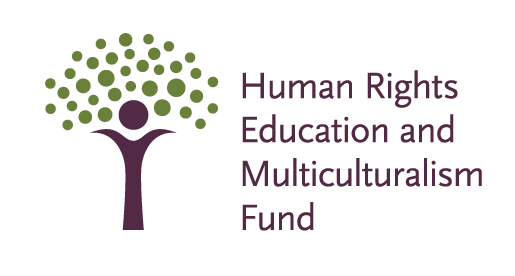The Alberta Human Rights Act protects against discrimination in certain areas and on specific grounds.
The act also prohibits retaliation against any person who has made a complaint, given evidence about a complaint, or assisted another person in making a complaint under the Act (AHRC, 2018).
Race
Refers to groups who have common physical characteristics
Religious beliefs
Refers to any system of beliefs, worship and conduct, including spirituality
Colour
Refers to a person’s skin colour
Gender
Refers to a state of being, male, female, transgender or two spirited
Gender identity
Refers to a person’s internal, individual experience of gender, which may not coincide with the sex assigned to them at birth. A person may have a sense of being a woman, a man, both, or neither.
Gender expression
Refers to varied ways in which a person expresses their gender, which can include a combination of dress, demeanour, social behaviour and other factors
Physical disability
Refers to any degree of physical disability, deformity, malformation or disfigurement that is caused by injury, birth defect or illness
Mental disability
Refers to any mental disorder, developmental disorder or learning disorder regardless of the cause or duration of the disorder
Age
Refers to being 18 years of age or older
Ancestry
Refers to a group of people related by a common heritage
Place of origin
Refers to place of birth and usually refers to a country or province
Marital status
Refers to the state of being married, single, widowed, divorced, separated or living with a person out of marriage
Source of income
Refers to a lawful source of income that attracts a social stigma to its recipients e.g. disability pension
Family status
Refers to the state of being related to another person by blood, marriage or adoption
Sexual orientation
Refers to protection from differential treatment based on a person’s actual or presumed sexual orientation – gay, lesbian, heterosexual, bisexual, or asexual.


